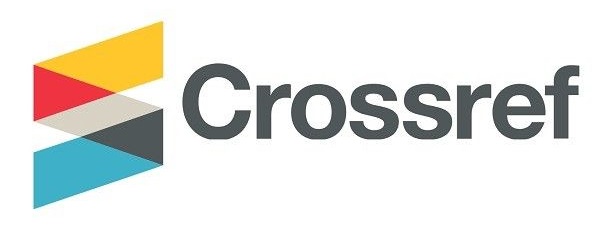How Attachment Styles Influence Emotional Regulation of Young Adults in Srilanka
DOI:
https://doi.org/10.37745/bjmas.2022.0436Abstract
This research is a cross-sectional quantitative study which investigates how attachment styles influence the emotional regulation of young adults in SriLanka. The aim of this research is to understand the impact of attachment anxiety and attachment avoidance on cognitive appraisal and emotional suppression. For this purpose, a survey research design was utilized and a sample size of 147 young adults selected though convenient sampling and they completed an online questionnaire on attachment style, and emotional regulation. The questionnaire was based on predeveloped 7-point Likert scales, The Experiences in Close Relationship Scale short version (ECR-SV) to measure attachment styles and the Emotion Regulation Questionnaire (ERQ) to measure emotional regulation. This research found attachment anxiety and avoidance had a negative impact on using reappraisal while Attachment anxiety showed a greater negative impact on reappraisal. Also, it was found attachment anxiety and avoidance had a positive impact on using emotional suppression while avoidance showed a significant greater positive impact on suppression. However, the current research was not able to find out the impact of secure attachment on ER dimensions due to the questionnaire used, therefore future research should examine the impact of secure attachment on ER dimensions. A significant factor derived from the results is that, it’s important to design interventions that focus on improving ER in order to address difficulties with ER for those with attachment problems.
Downloads
Downloads
Published
Versions
- 01-03-2024 (2)
- 01-03-2024 (1)












